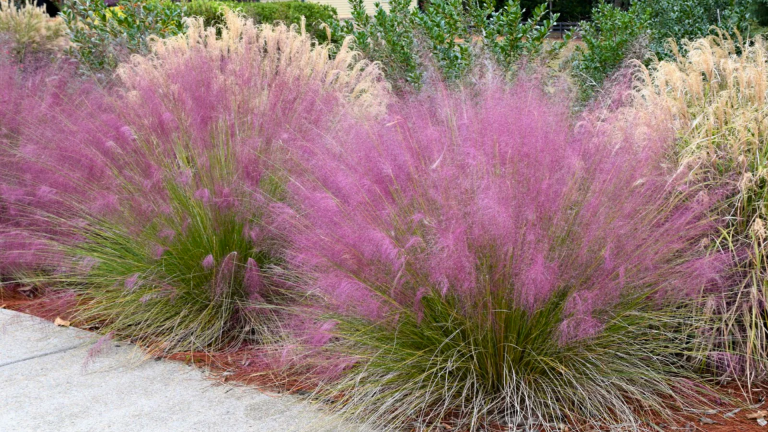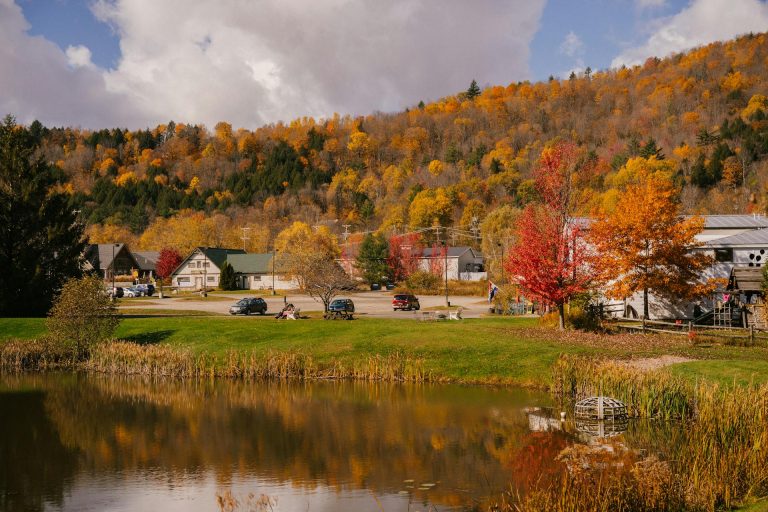There’s something calming about watching soft pink plumes sway in the breeze. If that sounds like your kind of vibe, Pink Muhly Grass from Trees and Plants online might be just what your yard needs.
I first noticed it during a fall walk, and I couldn’t forget how light and airy it looked. But it’s not just about looks. Pink Muhly is low-maintenance, drought-tolerant, and works well in yards big or small.
In this post, you’ll learn what it is, where it grows best, and how to plant and care for it. I’ll also show you how to style it in different garden designs, divide mature plants, grow it from seed, and avoid common mistakes along the way.
What is Pink Muhly Grass?
Pink Muhly Grass is also called Muhlenbergia capillaris. Other names include Gulf Hairawn Muhly and Purple Muhly. It’s native to the Southeastern U.S. and does well in zones 6 through 10.
This grass blooms in late summer or early fall. When fully grown, it reaches about 2 to 3 feet tall. Its narrow, wiry blades form tidy clumps, while its seed heads create the light pink plumes people love.
Pink Muhly is one of those plants that gives a lot without asking for much. It’s low-maintenance, you won’t need to water it often or feed it extra plant food. It thrives in dry spots and handles poor soil with no fuss.
People love it for its soft pink color and gentle movement in the wind. It makes your yard feel calm and open while also helping out local wildlife. Small animals find shelter in its thick base, and it’s safe for both kids and pets.
In some regions, it’s even planted to hold soil in place on slopes or near water.
Where and How to Grow Muhly Grass
If you’re thinking about adding Pink Muhly Grass to your space, it helps to know what it needs to thrive. Let’s walk through the steps to grow it the right way and help it stay healthy for years to come.
Step 1: Choose the Right Spot
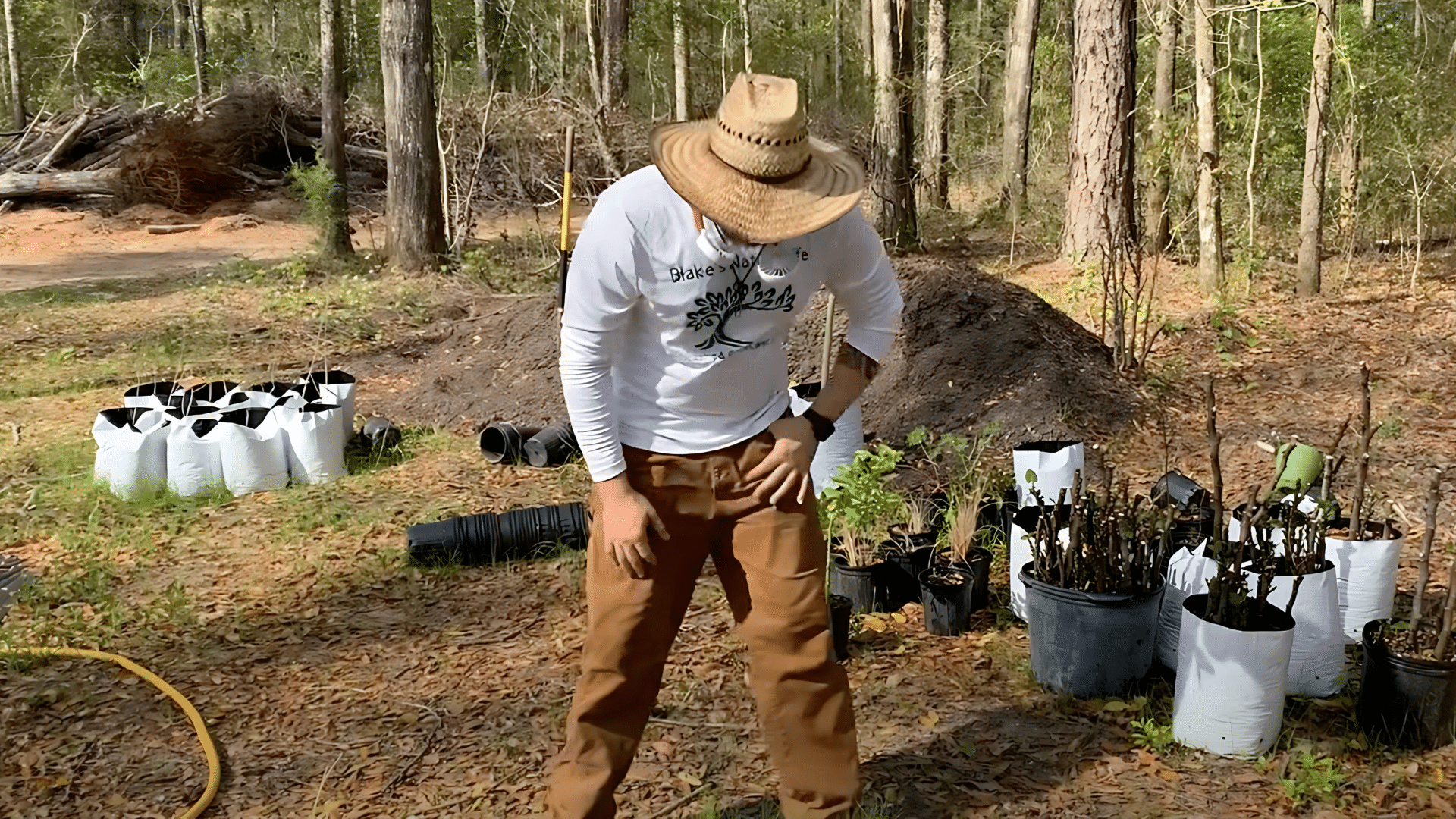
Pick a spot that gets at least six hours of direct sunlight each day. Sunlight is key if you want the grass to bloom in the fall.
A spot that gets morning light and afternoon sun is perfect. Avoid planting it near tall trees or buildings that block light. Less light means fewer blooms and slower growth.
Step 2: Prep the Soil
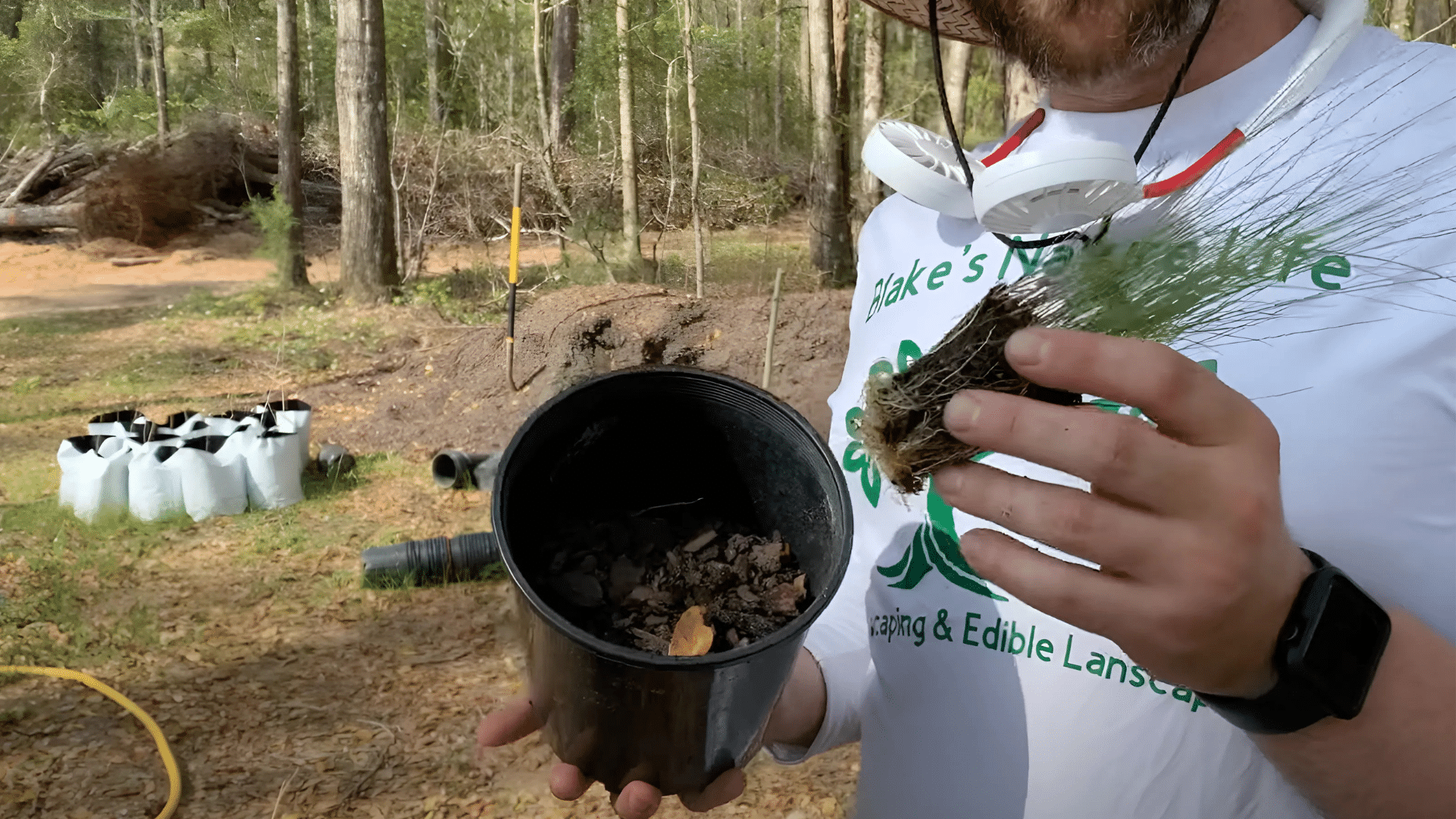
This grass isn’t too picky, but it needs soil that drains well. Sandy or loamy soil is best, though it can grow in clay if the area doesn’t stay wet.
If your soil feels tight or stays soggy, mix in some compost or coarse sand to help with drainage. You don’t need to add fertilizer. Good soil and sunlight will be enough.
Step 3: Water Just Enough
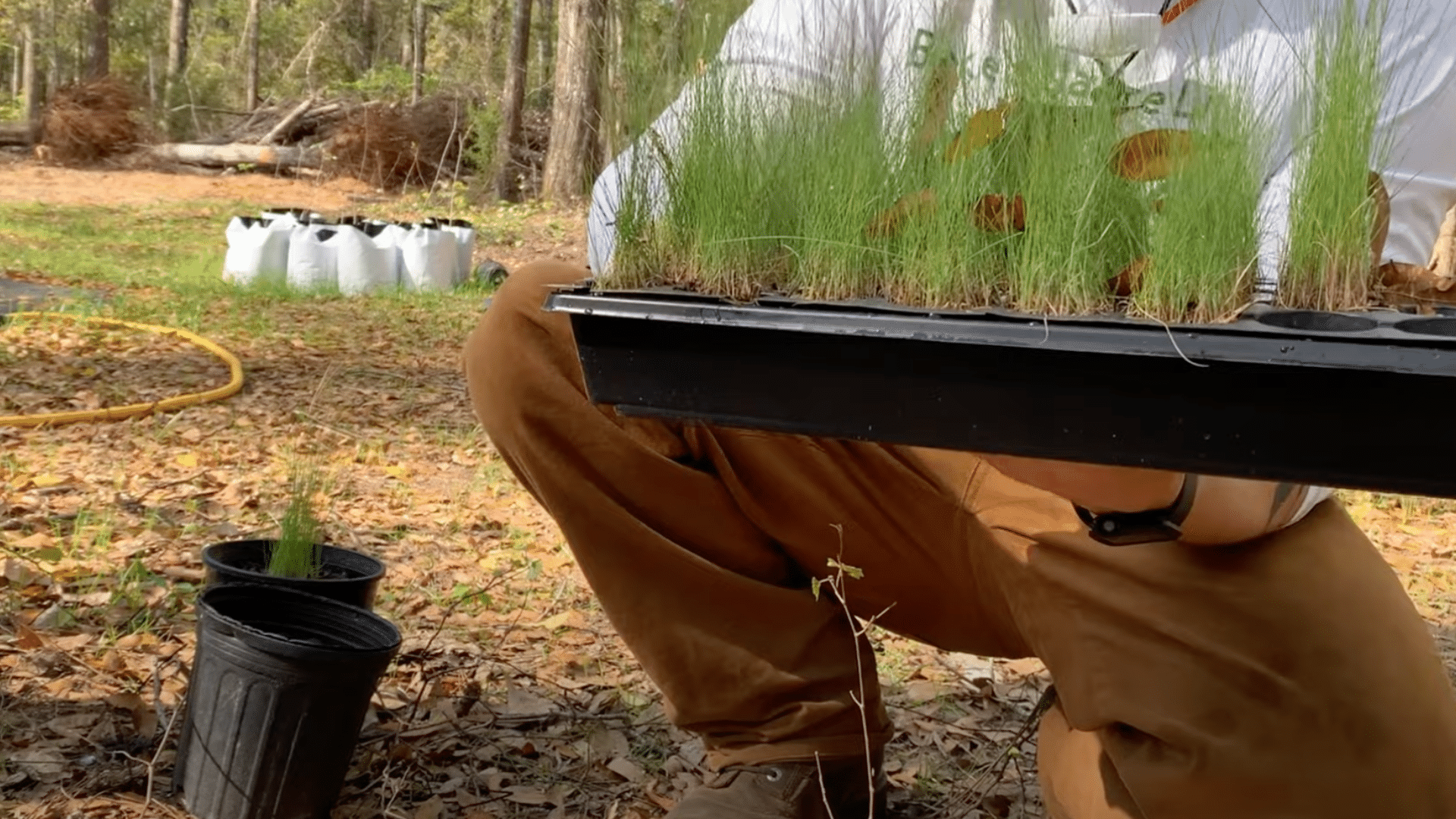
Keep the soil evenly moist right after planting. That helps the roots settle in. After a few weeks, you can cut back on watering.
Once it’s established, this grass does fine with rainwater alone. Only water during long dry spells. Don’t let the soil stay soaked, though. Wet roots can cause the plant to weaken or turn yellow.
Step 4: Give It Space
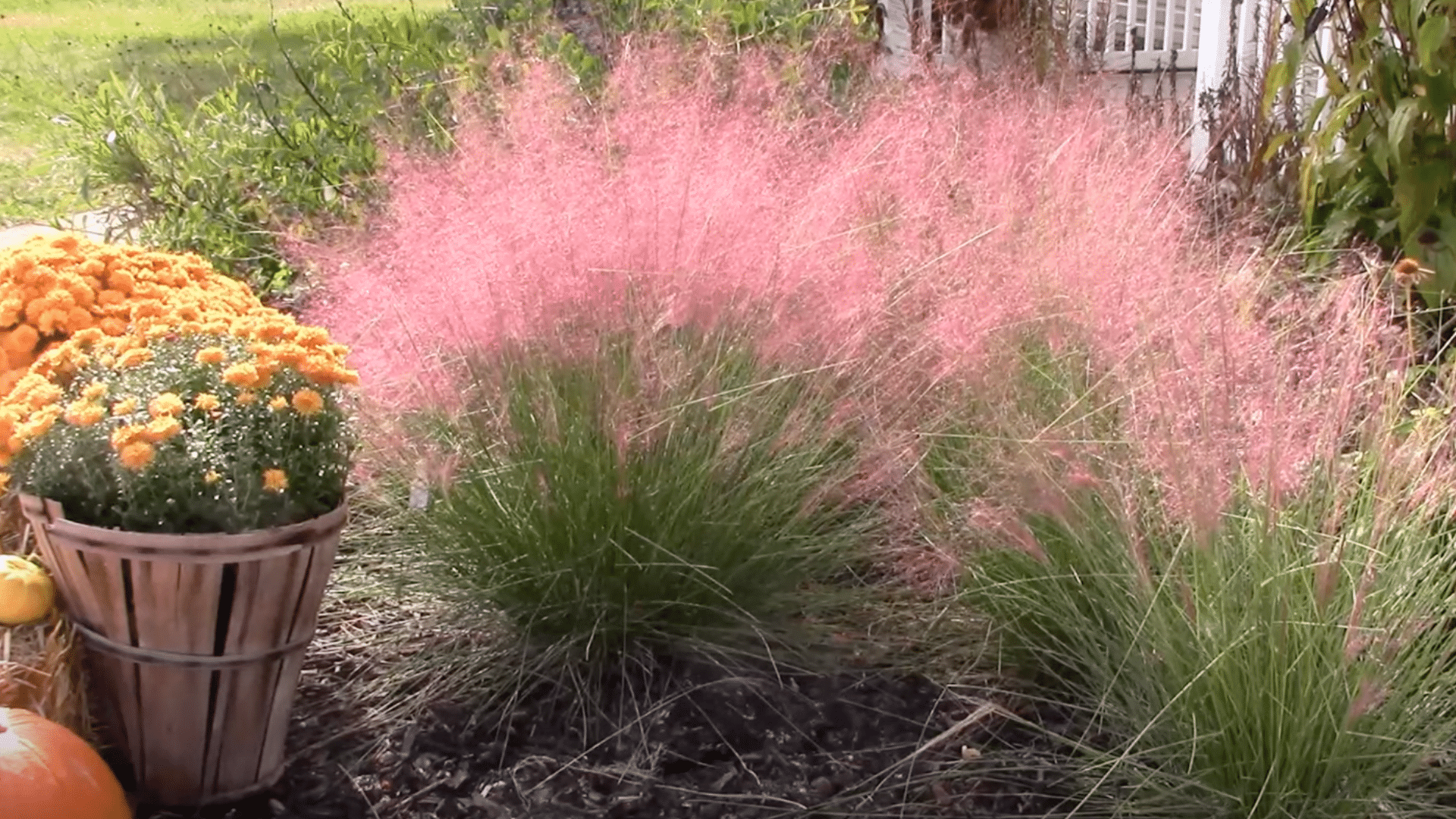
Plant each clump about 2 to 3 feet apart. This gives them enough room to grow wide and fluffy without crowding each other. It also helps air move between the plants, which lowers the chance of fungus.
When spaced right, your plants will look full and healthy, not cramped or tangled.
In the first year, Pink Muhly puts its energy into growing roots, not blooms. The blades will fill out slowly, but the color may not show up yet. Don’t worry, this is normal.
By the second year, you’ll start to see the soft pink plumes it’s known for. With a little patience, the wait will be worth it.
Propagation Methods for Pink Muhly Grass
If you want to fill more space with Pink Muhly Grass, you don’t need to buy new plants. You can easily grow more from seed or divide the ones you already have. Here’s how to do both:
Starting from Seed
Starting from seed is simple if you have the right conditions. Press the seeds gently onto moist potting mix; don’t bury them. They need light to germinate.
Keep the surface damp using a spray bottle and place the container in a warm spot. Morning light is best, with some shade in the afternoon. Seeds usually sprout within 1 to 2 weeks.
Dividing Mature Plants
Dividing is a great way to multiply what you already have. Every 3 to 5 years, dig up the plant in early spring, before new growth begins. Use a clean, sharp tool to split the root ball into smaller clumps.
Replant the divisions right away in well-draining soil. Water them deeply once after planting to help the roots settle in.
Transplanting Tips and Mistakes to Avoid
Transplanting works best in early spring or late fall, when the plant isn’t blooming. If you’re moving an established clump, dig wide and deep to get as many roots as possible.
Avoid transplanting during peak summer heat unless absolutely necessary. After replanting, water weekly until you notice new growth, which is your sign it’s settling in well.
Caring for Pink Muhly Grass
Once your Pink Muhly Grass is planted, care is pretty simple. With a little attention each season, it will keep coming back healthy and full.
Pruning and Trimming
- Trim in early spring: Cut it back to about 3 inches before new blades show up.
- Don’t trim in summer: Cutting too late can stop the plant from making seed heads.
- Tie before cutting: Gather the blades in one hand or tie with twine to make cleanup easier.
Preventing Disease
- Space plants 2 to 3 feet apart: This gives each plant room to breathe and lowers moisture buildup.
- Choose full sun: Sun helps keep leaves dry and prevents fungal spots.
- Avoid overcrowding: Packed plants hold more humidity, which can lead to leaf issues.
What to Do If It Doesn’t Bloom
- Check sunlight: Less than 6 hours of sun can lead to poor or no blooming.
- Don’t over-trim: Cutting during the growing season may stop seed heads from forming.
- Water as needed: Long dry spells can also reduce flowering. Keep the soil moist during peak heat.
Common Signs of Stress (Yellowing, Wilting)
- Yellow in winter is normal. This grass goes dormant and turns brown or gold as seasons change.
- Yellow in summer can signal stress, often due to too much water or poor drainage.
- Wilting during heat. Temporary drooping is common on hot days, but it should perk up by evening.
Conclusion
Now you know what it takes to grow and care for Pink Muhly Grass. You’ve learned where to plant it, how to start from seed, when to divide it, and how to keep it full and healthy.
Every step is simple, and with a little patience, those soft pink blooms will return year after year.
If you’re looking for a low-maintenance plant with a big visual payoff, this one’s worth trying. If you start with a single clump or line a whole path, it fits right in.
Want more ideas to shape your yard? Check out our other blogs for tips on native grasses and adding seasonal color.


